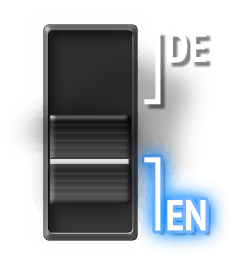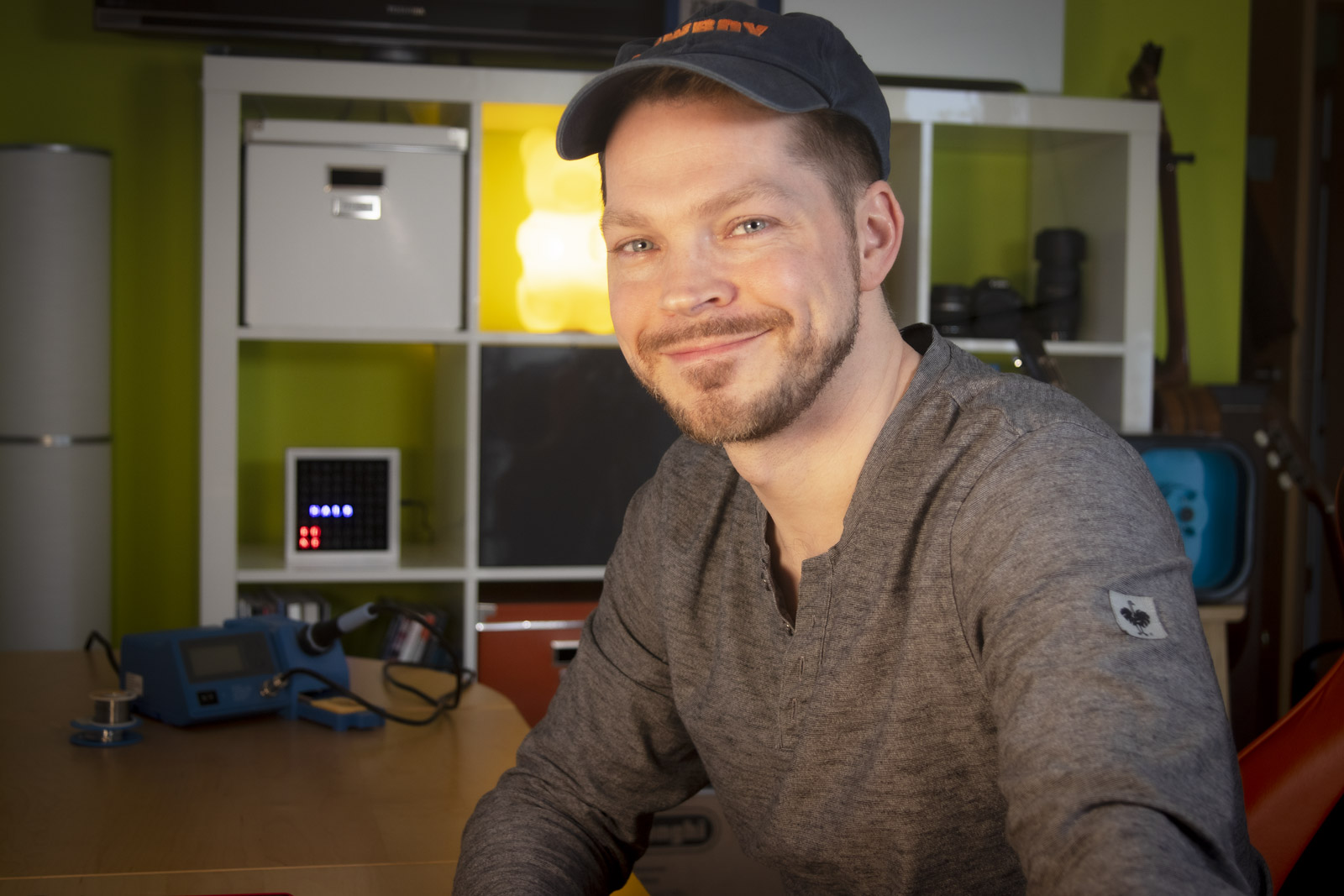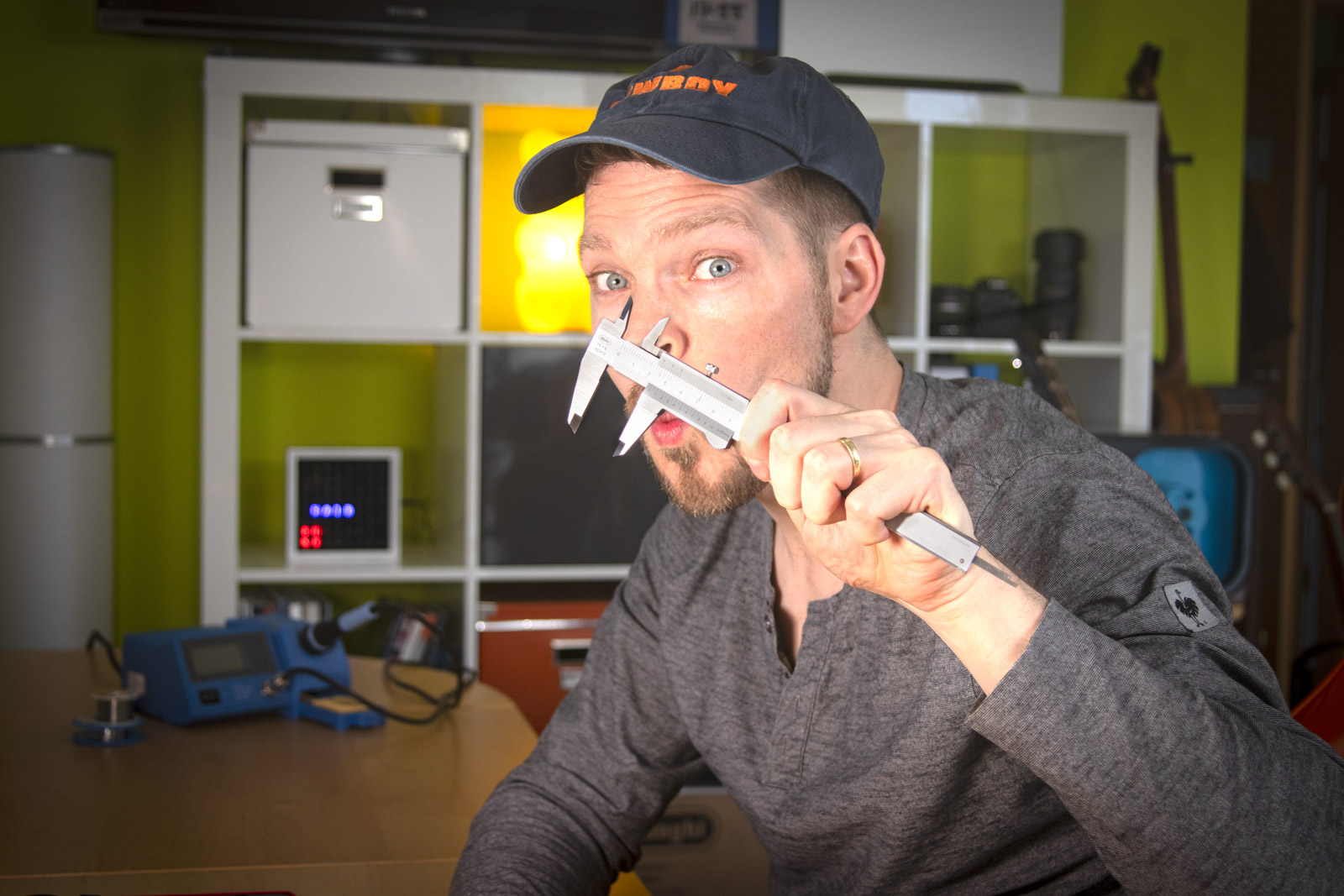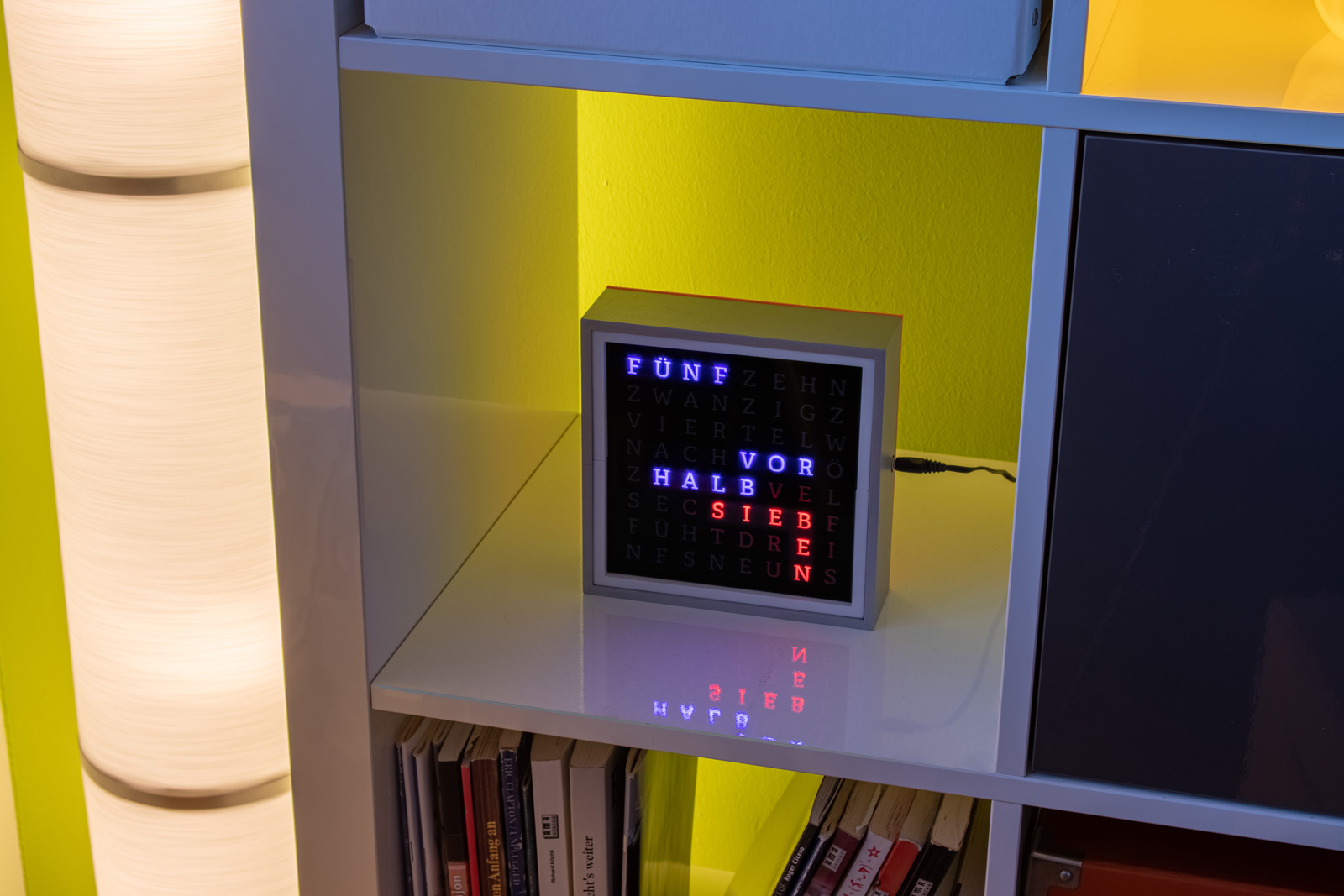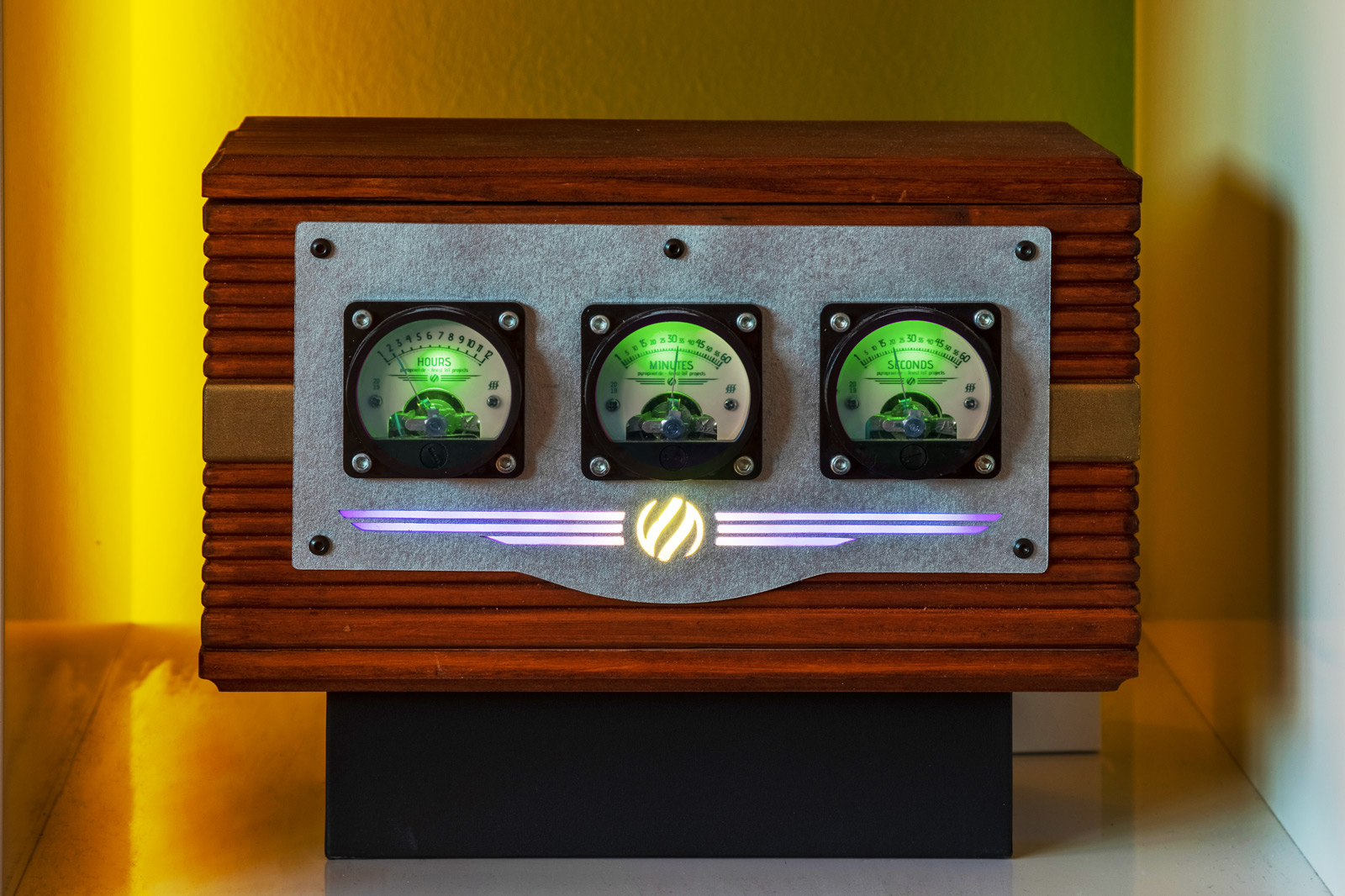Officially trained media designer, I'm self-employed since 2005. I create everything from print and digital media. I've also been working a lot with Blender and 3D visualization (even before Blender was cool, by the way).
Finally, over the years I dove further and further into programming for web as well as app and game development - since 2010 I've also been programming professionally.
The topics I cover at RAYDIY are a perfect mixed bag for me:
- Tinkering and product design in CAD program
- Prototype development using 3D printing
- programming of e.g. microcontrollers
- and in the end creating a working product design
For me, it's a very satisfying process that I share with you via this blog and my YouTube channel and encourage you to copy.

